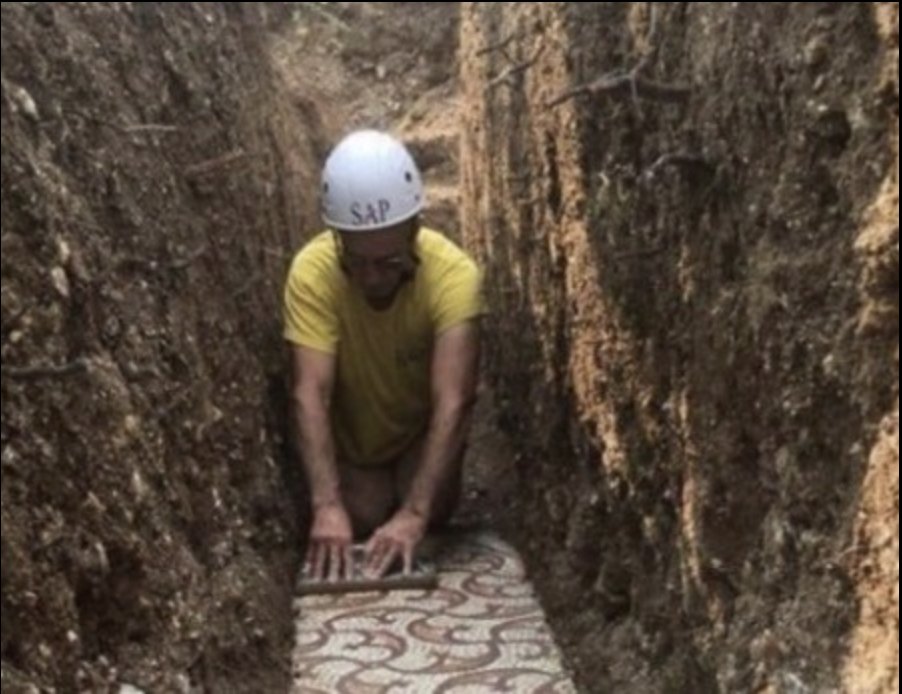Two years ago, archeologists digging at a vineyard in northern Italy made a massive discovery.
Those digging at the site uncovered a near-perfectly preserved mosaic floor fated to be from 3rd century BC, likely the foundation of some kind of Ancient Roman villa.
Traces of the ancient estate had been found in Negrar di Valpolicella, near Verona, already in 1922. However, it was almost a century before scientists returned to the area.
”Archaeologists have been looking for this mosaic since at least 1922,” says Alberto Manicardi, head of operations for the dig near the town of Negrar.
“We knew it was there but were not able to exactly locate it.”
According to Camilla Madinelli of the local newspaper L’Arena, a team from the Superintendent of Archaeology, Fine Arts and Landscape of Verona had begun digging in the area before the COVID-19 pandemic originally hit.

According to The Guardian, the team made the largest discovery yet just a week after returning to the site.
“After countless decades of failed attempts, part of the floor and foundations of the Roman villa located north of Verona, discovered by scholars a century ago, has finally been brought to light,” local authorities noted in a public statement.

The statement also explained that the team had found the tiles just a few meters below the surface of the vineyard. These mosaics were often used for floor and wall decoration in the Ancient Roman world.
“We believe a cultural site of this value deserves attention and should be enhanced,” Negrar di Valpolicella Mayor Roberto Grison tells L’Arena, as translated by the Guardian. “For this reason, together with the superintendent and those in charge of agricultural funds, we will find a way to make this treasure enjoyable.”
The mosaic has a series of twisted shapes known as “Solomon’s knots,” according to Atlas Obscura. Hopefully, the inscribed octagons and rhomboids can help the experts investigate the identity of the villa.

This cultural find was significant at a time when Italy was especially affected by the waves of the pandemic.
It was a beautiful reminder of Italian history and art, and is certainly worth all of the effort to safely and carefully excavate it!
Do you agree? Let us know!
SHARE
